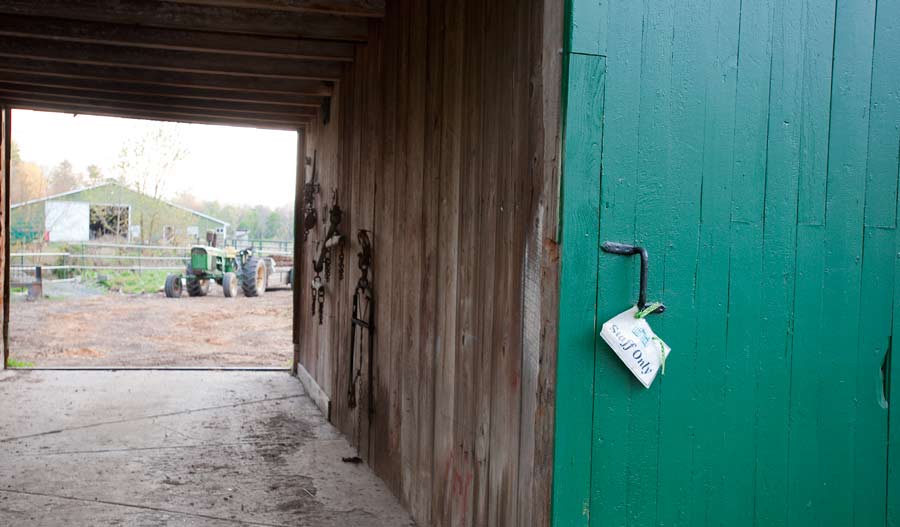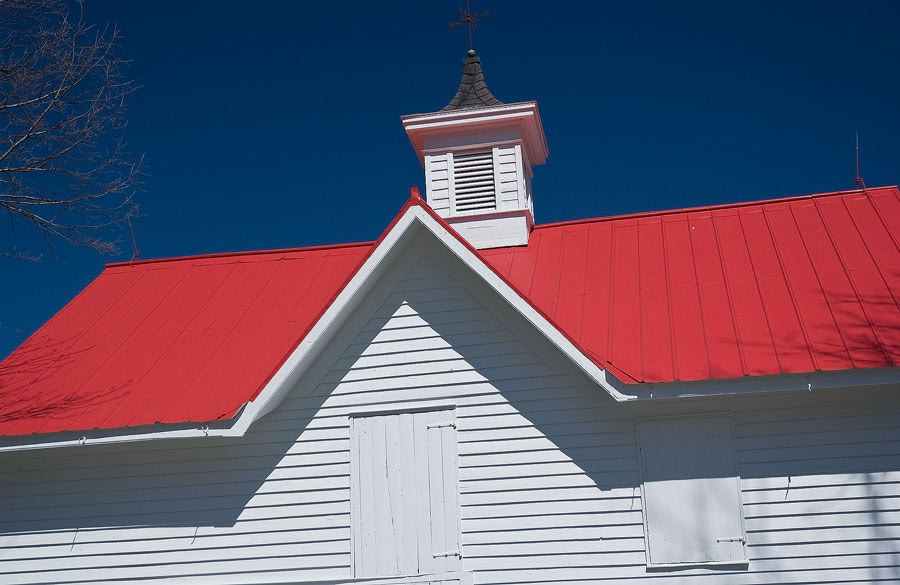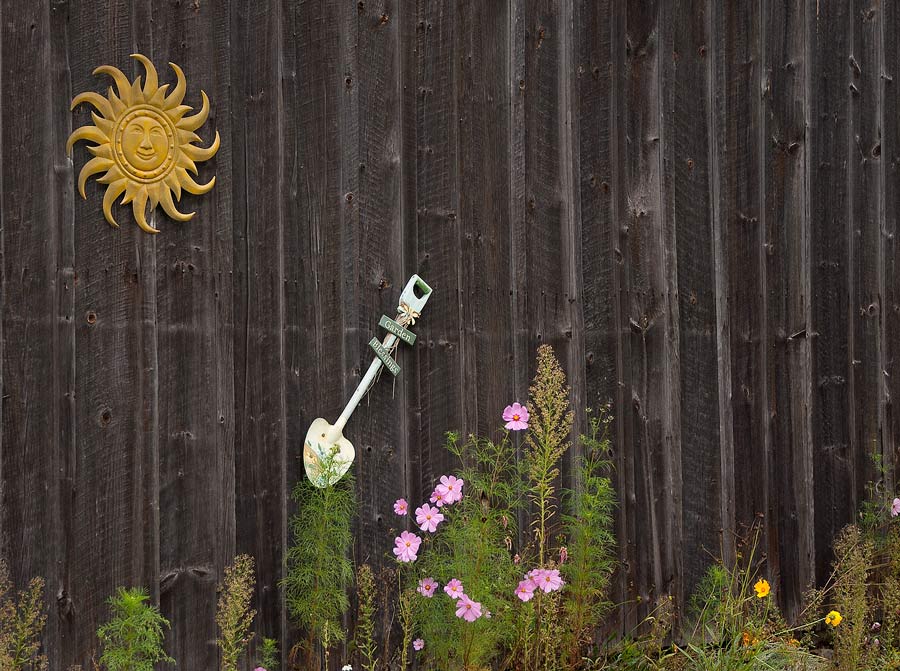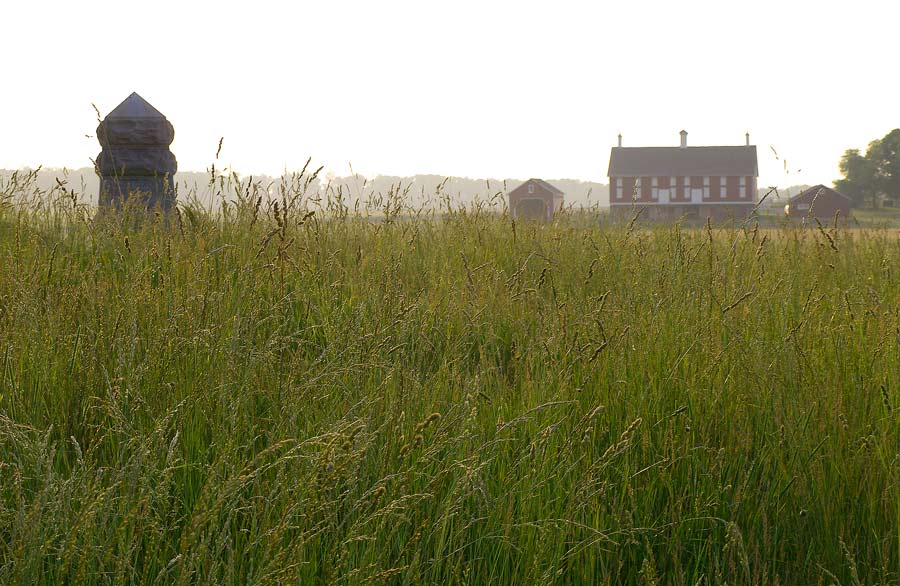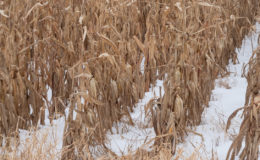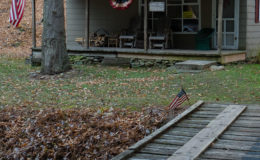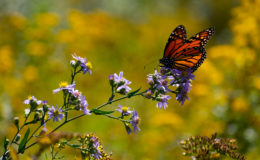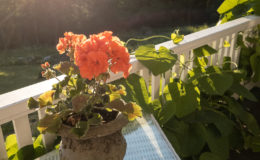I reside, as I have mentioned before, in a fairly rural part of eastern Pennsylvania.
As a landscape photographer, I am naturally drawn to certain scenes more than others. I think like many people, when I drive around on country roads, in my case looking for fresh subjects for my work, my eyes are naturally drawn to farm infrastructure, and most especially, to barns.
People seem to like barns. Images that contain them tend to be well received in gallery exhibitions, and importantly, they tend to sell.
They seem to evoke pleasant thoughts in viewers. Perhaps it involves a harkening to some imagined ancestral past, a back-to-the-earth sort yearning for the mythical farming life, free of the stresses of the modern workplace. This is absolutely mythical, because farming of any kind is far from stress-free.
Perhaps it is something about their permanence. Most barns you see tend to be rather old. It‘s easy to imagine them being used by multiple generations of the same family. This is pleasant concept in our increasingly transient lifestyle.
Often they show off their age. Commonly a barn will, over the years, drift far out of plumb. I will often encounter structures that lean precipitously, yet are still in use.
When they do begin to fail structurally, as often as not, they are allowed to die without intervention. I watched for years, a barn near my home with a pronounced saddle on the main roof line. Over time, and seemingly unnoticed by the farmers, it proceeded to fall in on itself. It was finally finished off by a wet November snowstorm, the wood structure collapsing completely into the stone foundation where it remains to this day.
It seems to me that barns are all about function rather than esthetics. Gambrel roofs aren’t there to be pretty; they allow a farmer to store more hay in the loft than in a barn with a simple pitch. Cupolas aren’t for decoration, they’re for ventilation.
Need a new wing to the structure? Build what you can, paint it with whatever pigment you have stored in the loft somewhere. What’s most important is that the new building will serve as a shelter for whatever new equipment or livestock you need to be housed.
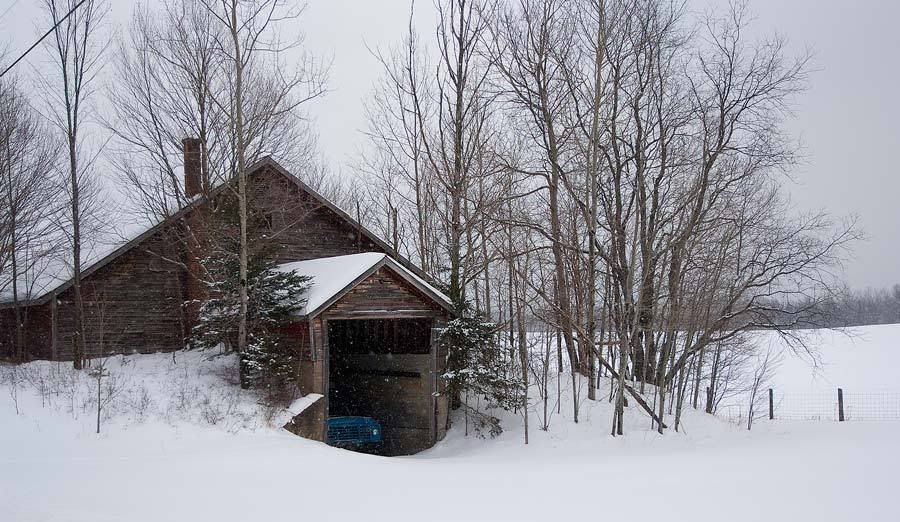
Barn on Bear Cub Road
I think it is this pragmatic approach to construction that makes barns visually interesting to non-farming folk.
Now all of this having been said, I sometimes feel that photographing barns is somehow cheating. It’s fairly easy to create a pleasant image with a barn as an anchor. Not uncommonly, as I round a bend on a country road and find yet another bucolic barn-containing rural scene, I pause and think. Do I really need this image? Will it add anything to the vast archive of similar bucolic barn-containing rural scenes already residing on my external hard drives? Shouldn’t I be looking for more novel and challenging subjects?
Oh, but what the hell, it’s just another file for the hard drive.

